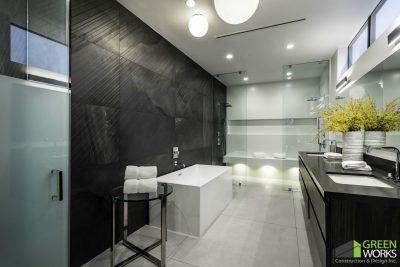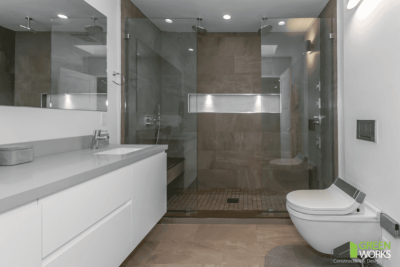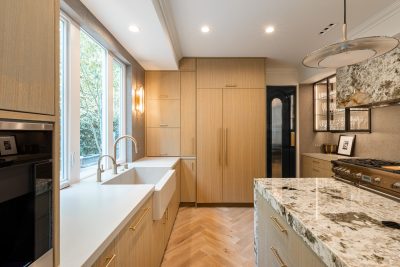
Exploring Choices in Home Decor: Wood Veneers vs Real Wood
April 3, 2024
Exploring Choices in Home Decor: Wood Veneers vs Real Wood
Introduction
When it comes to choosing materials for furniture and interior design, the debate between wood veneers and real wood is an ongoing one. In this blog post titled “Exploring Choices in Home Decor: Wood Veneers vs Real Wood”, we will delve into the pros and cons of each material. This will help you make an informed decision for your next home improvement project.
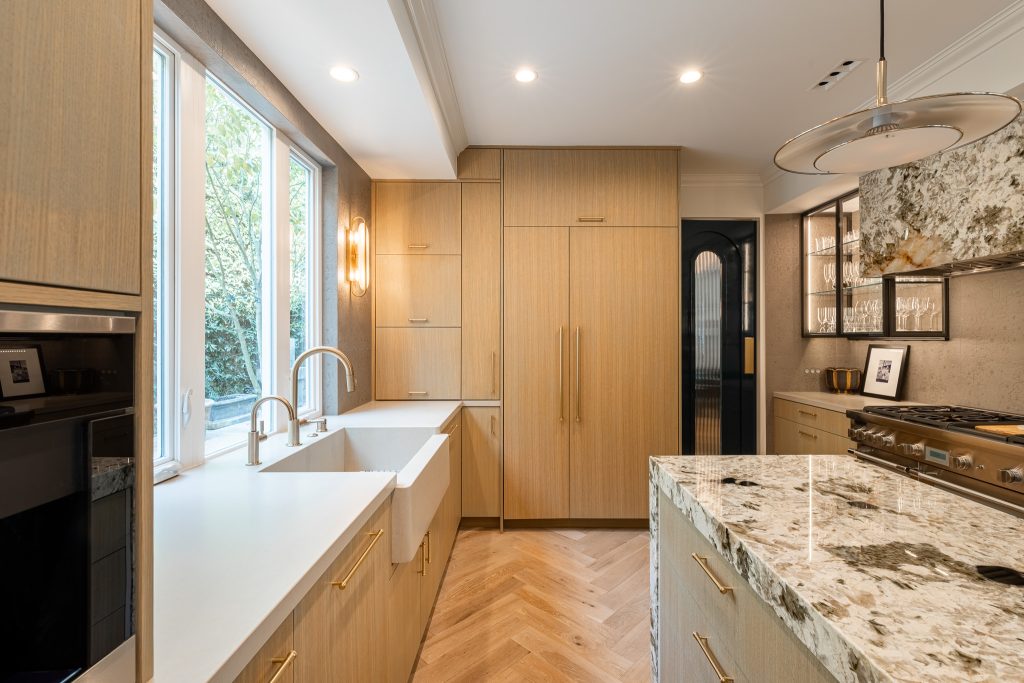
Exploring Choices in Home Decor: Wood Veneers vs Real Wood
Understanding the Basics
What is Real Wood?
Real wood, often referred to as solid wood, is precisely what its name suggests: lumber that has been cut straight from the tree and processed into planks. Its natural grains, color variations, and inherent beauty make it a popular choice for furniture. However, it can be susceptible to environmental changes, such as humidity and temperature, which may cause it to warp or split over time.
What are Wood Veneers?
Wood veneers, on the other hand, consist of thin slices of wood glued onto core panels (made of plywood, particleboard, or MDF) to create flat panels used in various applications. Veneers offer the appearance of real wood at a reduced cost and are more resistant to warping and splitting. They are a versatile choice that allows for a variety of aesthetic finishes.
How They Are Made
The production process for both materials is quite distinct. Solid wood furniture is crafted from single pieces of wood, making it sturdy and durable. Wood veneers involve adhering a thin layer of real wood to a stronger substrate, which provides the look of real wood but with greater stability and less propensity for damage.
Aesthetic Differences
Visual Appeal of Real Wood
The natural look of real wood is almost unbeatable, with each piece offering unique patterns and depths. This uniqueness can make any piece of furniture a standout element in home décor. Nonetheless, the charm of real wood comes with a higher price tag, which might not be ideal for every budget.
The Elegance of Wood Veneers
Wood veneers provide a consistent appearance and can be treated to mimic various wood types. This makes it easier to match existing decor or achieve a specific style without the cost associated with rare woods. Veneers can also be finished with high-quality techniques that enhance their beauty and durability.
The Feel and Texture
Touching real wood furniture brings a sense of warmth and richness that is difficult to replicate. Veneers, although smooth and appealing, do not provide the same tactile experience. However, advancements in textural treatments have bridged this gap considerably in recent years.
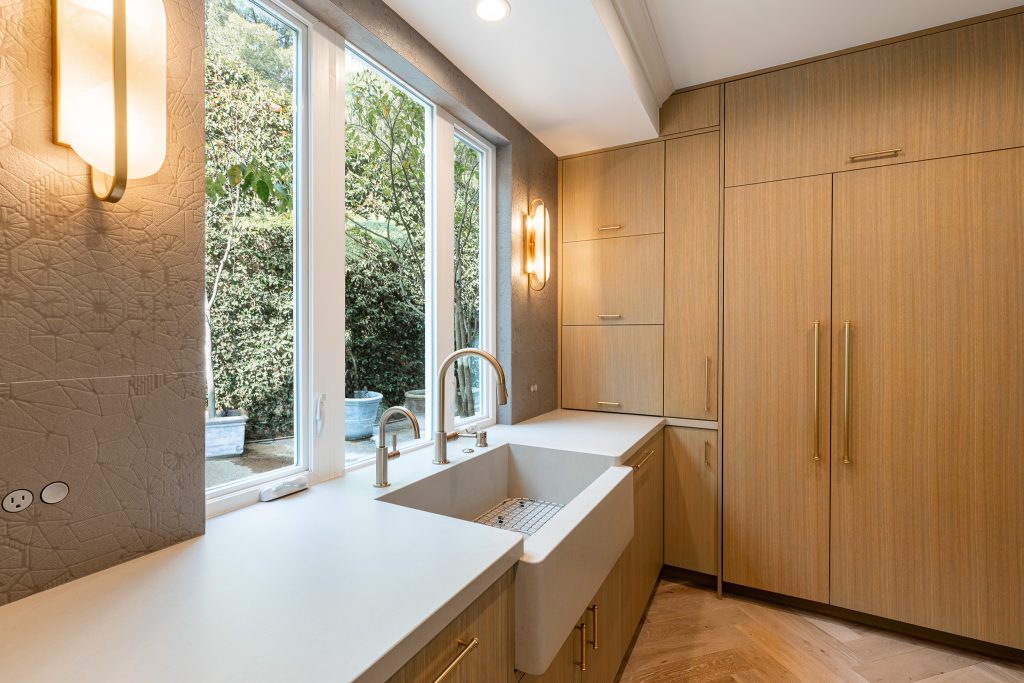
Durability and Maintenance in Wood Veneers vs Real Wood
Lifespan of Real Wood
Real wood is renowned for its longevity and can last generations if properly maintained. It does require regular treatment and is more prone to scratching and staining, which should be considered when choosing furniture for high-traffic areas.
Caring for Wood Veneers
Wood veneers are less demanding in terms of maintenance. They are more resistant to environmental factors and do not require frequent refinishing. For busy homeowners, this can be a significant advantage, allowing them to enjoy the wood aesthetics without the upkeep.
Repair and Refurbishment
Repairing scratches or damage is easier on real wood, as it can often be sanded down and refinished. Veneers, while durable, do not offer the same flexibility and might need to be completely replaced if the damage is extensive.
Environmental Impact
The Sustainability of Real Wood
Using real wood has a more pronounced environmental impact, as it involves cutting down trees. However, sustainably sourced wood can mitigate some of these effects, supporting forest management and biodiversity.
Veneers and Environmental Responsibility
Wood veneers use less solid wood, reducing the demand on forests. They can be made from fast-growing, less endangered wood species or from recycled wood, offering a more sustainable option in many cases.
Carbon Footprint Comparison
While both options have environmental implications, the reduced amount of wood used in veneers often translates to a lower carbon footprint. However, the adhesives and materials used in the veneering process can also impact the environment, which should be considered in the overall analysis.
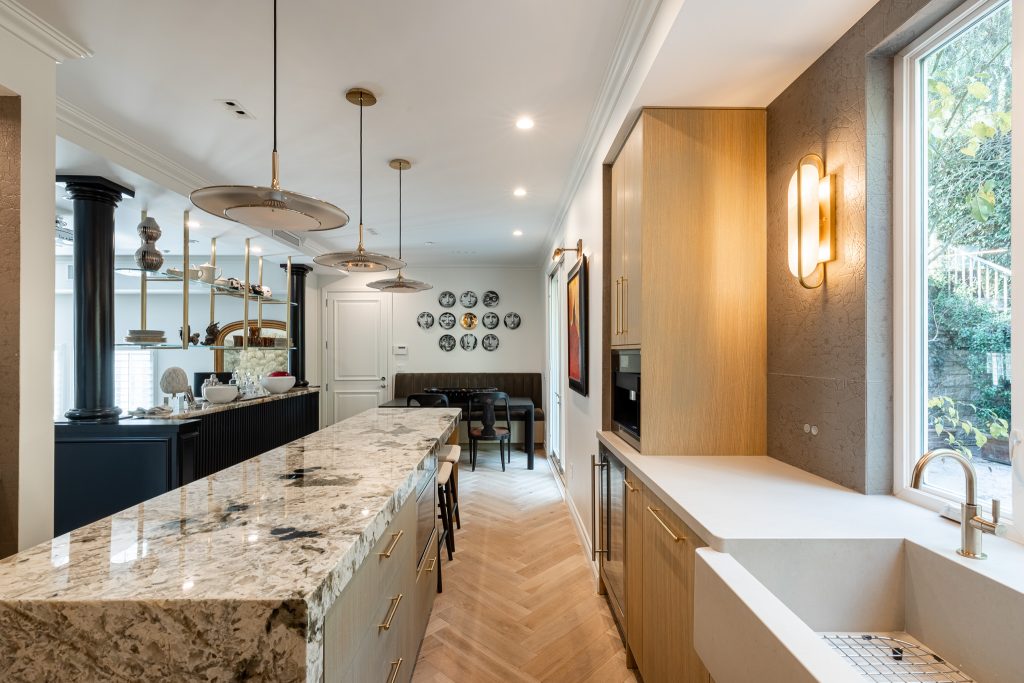
Cost Considerations
Initial Investment
Real wood is typically more expensive than veneers due to its authenticity and the cost of raw materials. This investment might be worthwhile for those seeking heirloom-quality pieces.
Long-Term Value
Although veneers are initially more affordable, their resale value is generally lower than that of real wood. Real wood may also increase in value over time, particularly if it is well-maintained and made from a sought-after wood species.
Budgeting for Your Needs
Determining your budget and understanding the cost implications of each material will help in making a pragmatic decision. Whether you choose wood veneers or real wood, both materials offer distinct advantages depending on your priorities, such as aesthetics, durability, and maintenance requirements.
Conclusion
In the showdown between wood veneers and real wood, your choice will largely depend on personal preferences and specific needs. Both materials have their unique benefits and potential drawbacks, and weighing these will guide you to the best option for your home. By understanding the differences and similarities, you are well-equipped to make a choice that suits not just your budget but also your living space and style.
Additional Articles and Resources:
- How a Kitchen Remodel Can Transform Your Home: 30 Reasons to Take the Leap
- What are the 15 Top Reasons for a Bathroom Remodel in Your Home?
- 20 Reasons Why You Need a Home Remodel in Woodland Hills
- Encino Home Remodel: 22 Reasons Why You Need a Home Remodel
- Woodland Hills Kitchen Remodel: Who Can Benefit? 20 Reasons Explained
- Tarzana home Remodel: 9 Reasons Why It’s Time
- Granada Hills Home Remodel: Benefits and Must Knows
- Why Home Remodel Financing Can Be a Smart Decision
- Granada Hills ADU: 10 Reasons Why to Build
- Choosing the Design of an Accessory Dwelling Unit: Tips and Ideas
- Unlocking the Benefits of Building an ADU in your Backyard
- ADU Regulations in California
- ADU Terminology: A Complete Guide
- ADU Architects: A Comprehensive Guide
- ADU Size Limits in Los Angeles
- 10 Mistakes You’re Making On Your ADU Project
- Granada Hills ADU: 10 Reasons Why to Build
- Los Angeles Design Build Trends: Exploring 2024
- Construction Budgets in 2024
- What Home Remodeling is Tax Deductible in Los Angeles?
- Unlock the Benefits of Building an ADU in Your Backyard in 2024
- 30 Reasons to Remodel Your Kitchen
- 2024 Los Angeles Design Trends
- Santa Monica Backyard Remodels
- Planning a Complete House Remodel in Santa Monica
- Santa Monica Kitchen Remodel
- Brentwood Home Remodel Choices
